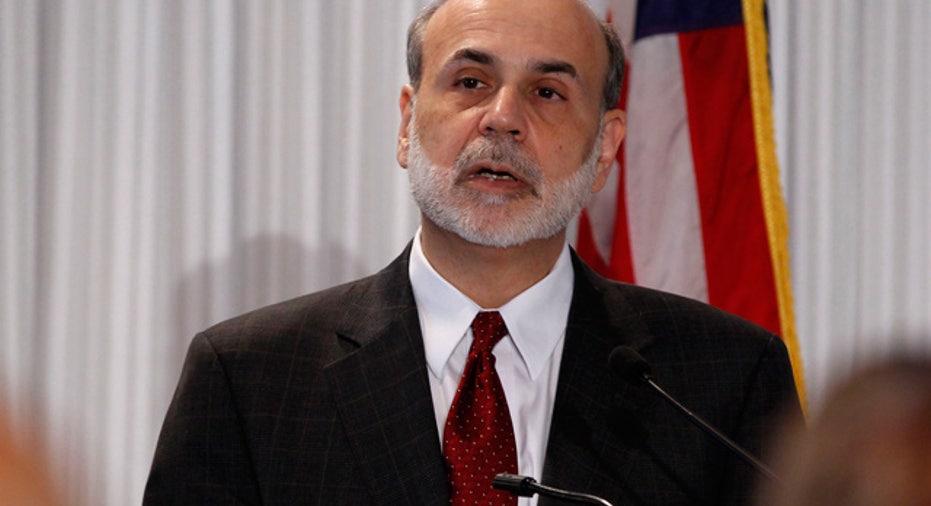Financial Crisis Timeline: Collapse and Bailout

On Sept. 8, 2008, the U.S. Treasury seized control of mortgage giants Fannie Mae and Freddie Mac and pledged a $200 billion cash injection to help the companies cope with mortgage default losses.
About a week later the government bailed out American International Group Inc., or AIG, with $85 billion.
The Fed refused to save Lehman Brothers and the company was forced to file for bankruptcy. Some of the largest financial institutions were on the verge of collapse as the mortgage market melted down. As the crisis hit the global market, the credit freeze spread.
The Treasury and the Federal Reserve began working on a $700 billion bailout plan.
President George W. Bush signed the bailout plan into law Oct. 3.
Weeks later, on Oct. 29, the Fed cut the key interest rate to 1%.
What was expected
The government claimed the bailout was necessary to provide stability in the economy and prevent disruption in the financial system. The interest rate cut aimed to revive the economy, help free up credit and make loans cheaper to consumers and businesses.
What happened
The financial markets remained in turmoil for several months. Credit remains tight to this day, although it loosened significantly compared to when lending nearly came to a halt during the collapse period. Mortgage rates fell significantly after the interest rate cut and amid expectations that the Fed would start buying mortgage-backed securities.



















